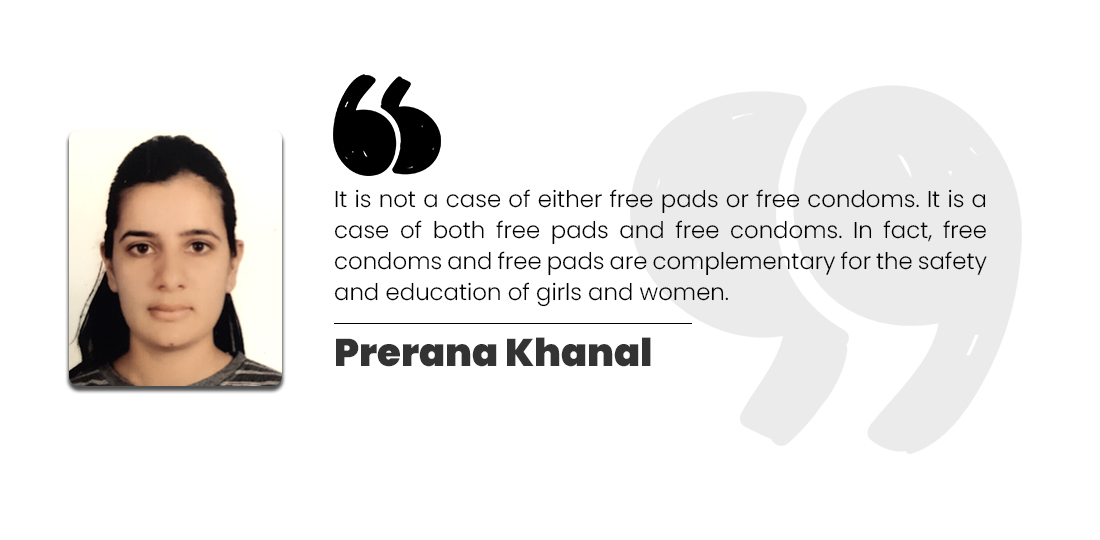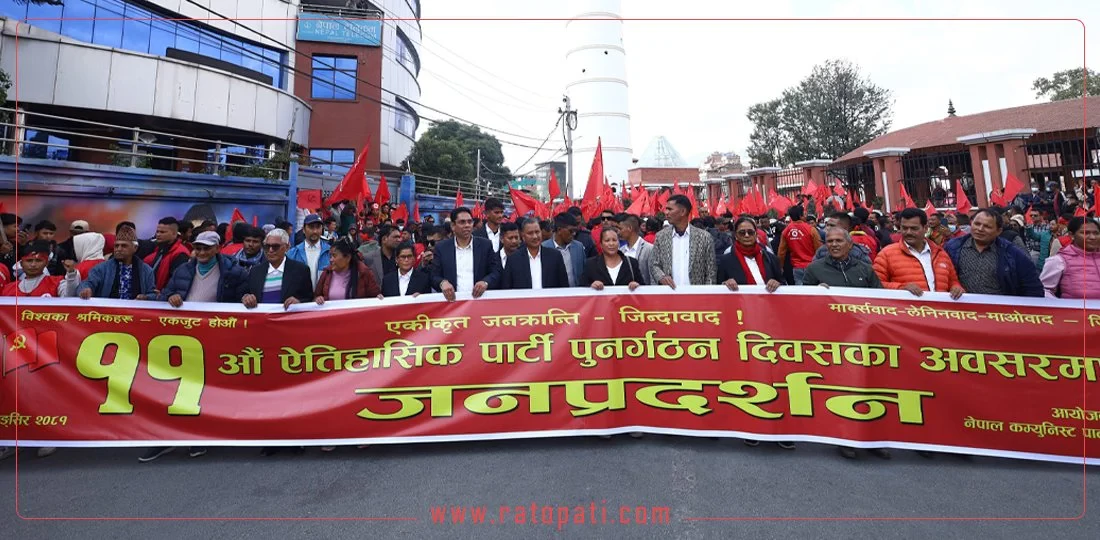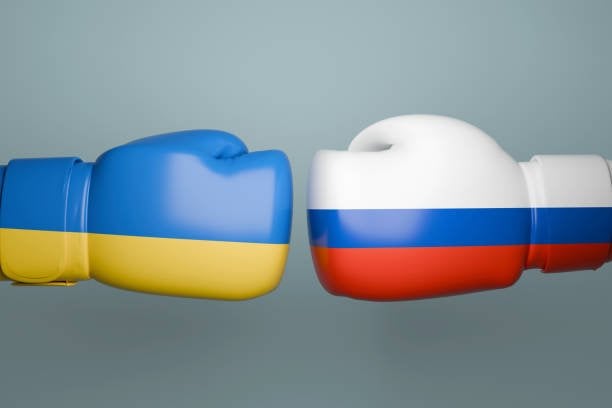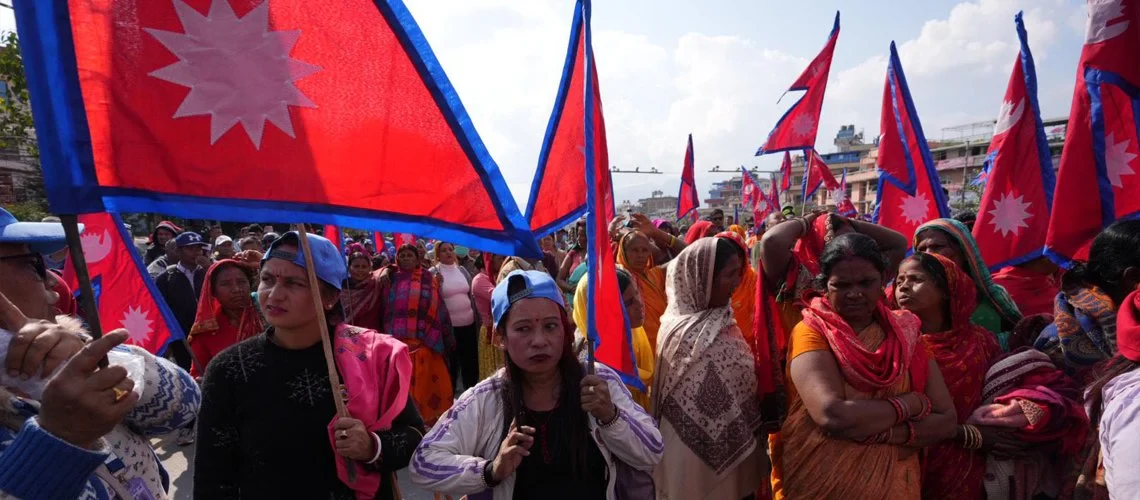Sanitary Pad or Condom?

It is not a case of either free pads or free condoms. It is a case of both free pads and free condoms. In fact, free condoms and free pads are complementary for the safety and education of girls and women.
‘’Condoms ought to be sold, sanitary pads have to be accepted without cost. Sex is a choice; menstruation is not.’'
These are some popular arguments these days. Arguments that pit the demand for free condoms against the need for free sanitary pads overlook the fact that both are concerns of gender equality.The government's commitment to combating HIV, which includes the introduction of new and improved condoms, demonstrates that it has the resources and capacity to address some of the country's most pressing issues. When it comes to free pads, the same dedication should be shown, but not at the expense of free condoms. The fights for free condoms and sanitary pads to allow people to menstruate in a healthy and dignified manner are linked; both aim to ensure that everyone has full reproductive and sexual rights.
Nepali girls and women live in a country where menstruation is still considered taboo, and the government treats sanitary pads as a luxury item, levying a 13% VAT (value-added tax) on them. Simultaneously, the government has designated contraceptives, such as condoms, as "essential items'' and has exempted them from taxation. Menstruation has been and continues to be a topic of discussion among women in private. Symbolism, gestures, and guesswork have been used by males and females to communicate about menstruation. To recognize that a lady is having her period, a guy must read the indications and solve the zigzag puzzle. The menstruation’s silent code has recently been violated, and it is now a topic of public conversation. Although not everyone is comfortable talking about it or considers it necessary to have a conversation about menstruation, it appears to be a topic of debate. It remains uncertain whether the unfastened pads must be for everyone, or they follow the humans who can not afford the pads because of economic problems. In the midst of a strong marketing campaign without paid sanitary pads, every other motion calling for the authorities to update loose condoms with unfastened pads appears to be gaining ground.
‘’Condoms ought to be sold, sanitary pads have to be accepted without cost. Sex is a choice; menstruation is not.’'
Free condoms were introduced among things to address HIV prevalence, and teen pregnancies that also have an impact on school dropout of the same girls. Condoms were also introduced to protect women and girls from catching STDs and HIV/AIDS. Sanitary pads are expensive. And in a few components of the world, it is difficult to return back. A question arises: Why are sanitary pads still not supplied away for free?
It's a concept that some governments have taken into consideration. Giving out pads is best a part of what wishes to be carried out to assist women to control their periods. In addition to sanitary pads, there are troubles with water and sanitation inside the schools. If the lavatories aren't habitable, ladies will discover it hard to get to high school and be capable of keeping their training in the event that they can't go to the bathroom at some point of their month-to-month period. Having a safe sanitary area available in schools will help them a lot during their periods.
I believe that condoms and pads are all critical issues that need to be given their due attention due to the reasons mentioned above. It is not a case of either free pads or free condoms. It is a case of both free pads and free condoms. In fact, free condoms and free pads are complementary for the safety and education of girls and women. Therefore, condoms should remain free, and sanitary pads should also be free.










Leave Comment